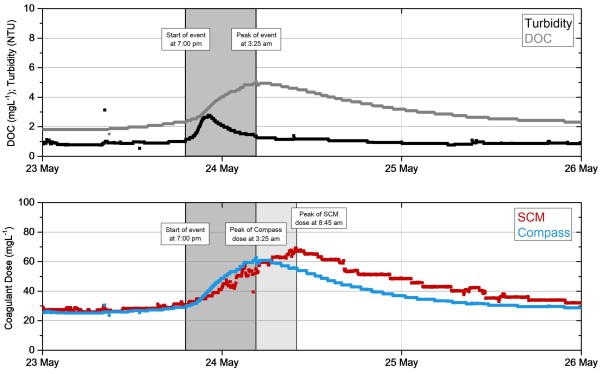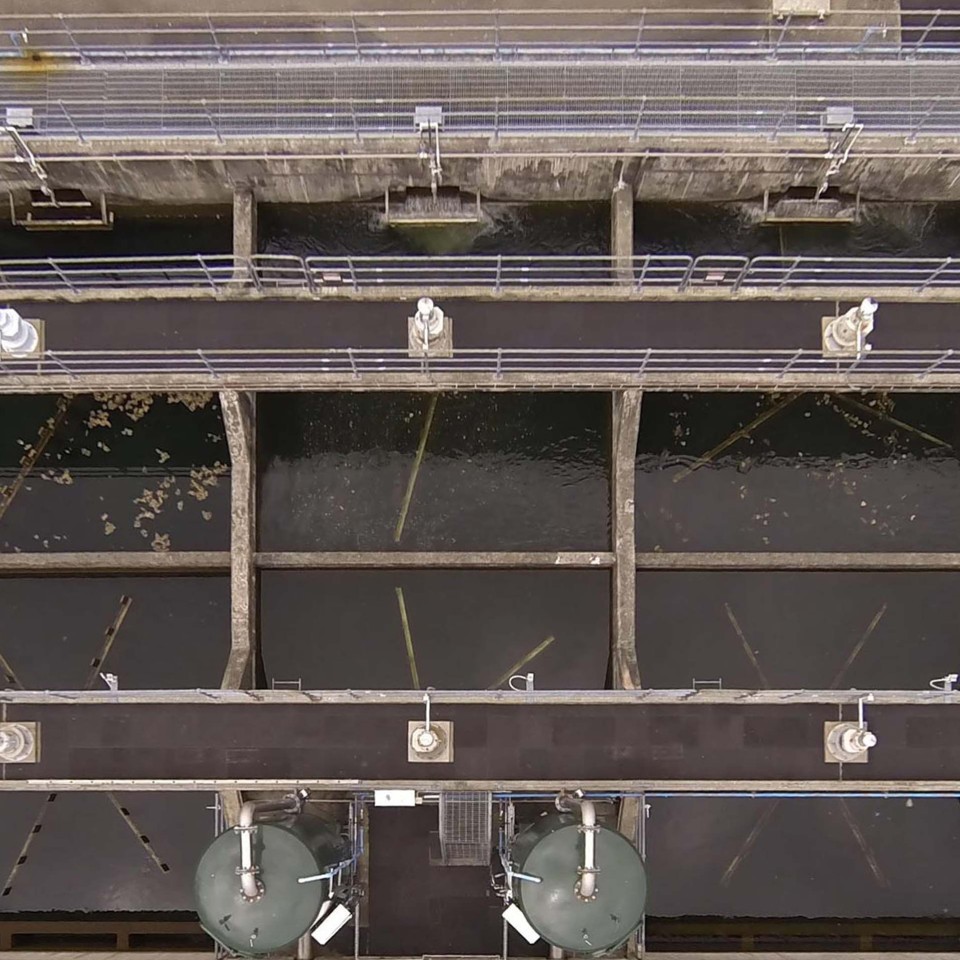Learn how Wellington Water reduced chemical costs by 20%.
In 2005 the Wainuiomata Water Treatment Plant in Wellington, New Zealand, struggled to meet drinking water quality standards and the frequency of plant shutdowns jeopardised the ability of the supply authority to meet demand.
The WTP is a 60MLd dissolved air flotation over filtration (DAFF) plant treating highly variable water which has low solids and moderate to high dissolved organics. The plant uses poly-aluminium chloride coagulant and requires both lime and CO2 to achieve the optimum coagulation pH and to provide sufficient alkalinity for coagulation.
The treatment plant was unable to cope with rapid changes in raw water quality and variations in pH would often upset the Streaming Current Meter (SCM) which was the existing method of coagulant dosing control.
During moderate to heavy rainfall the plant operators needed to closely monitor filtered water quality for signs of deterioration, and, as the plant is only manned during the day, in the evening the operators would adjust the SCM set point to over dose in order to avoid being called out through the night as under dosing may result in having to wash all the filters to get the plant back on line.
In 2006, the Compass coagulant control system replaced SCM control with immediate results; plant outages almost halved, filter run times increased by 24%, the reduction in chemical usage amounted to over 20% cost savings, and the treatment plant became the first in New Zealand to achieve the highest grading possible (A grade) from the Ministry of Health.
Compared to SCM control, Compass reacts much more quickly and accurately, as the trends below illustrate.

Following a rain event in the catchment, it can be seen in the upper chart that the raw water DOC began to increase slowly and at about 7:00 pm the turbidity also began to increase. While the turbidity peaked, and then reduced, the DOC continued to increase and peaked at 3:25 am. The lower chart shows that the Compass dose calculation increased and peaked at the same time as the DOC, while the SCM dose was slower to react, under dosing for around 6 hours, and peaked at 8:43 am, more than 5 hours after the peak in DOC. The SCM dose also took almost 2 days to return to the correct dose.
Compass has been in continuous operation at the Wainuiomata WTP since 2006 with annual savings of over $50,000.

